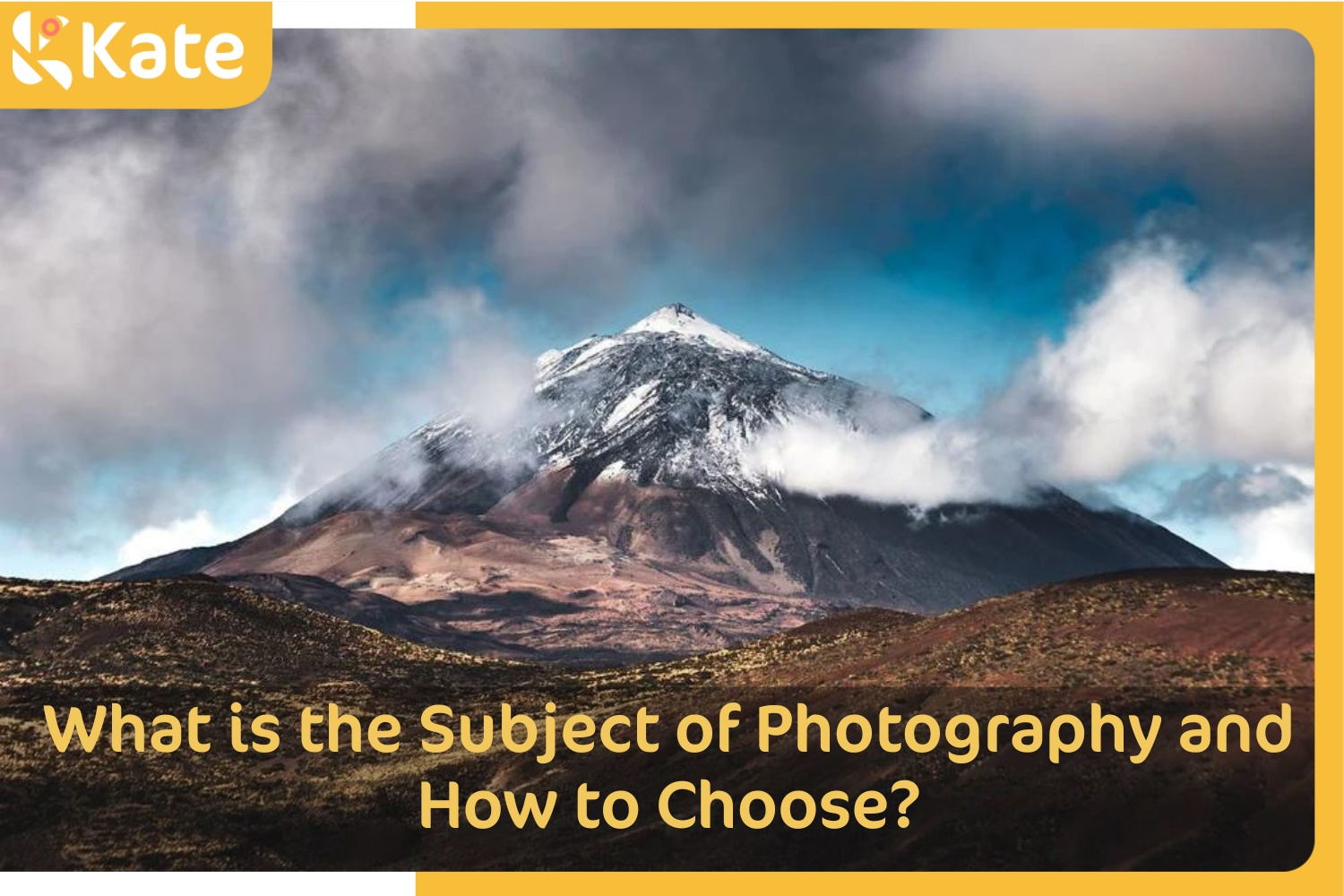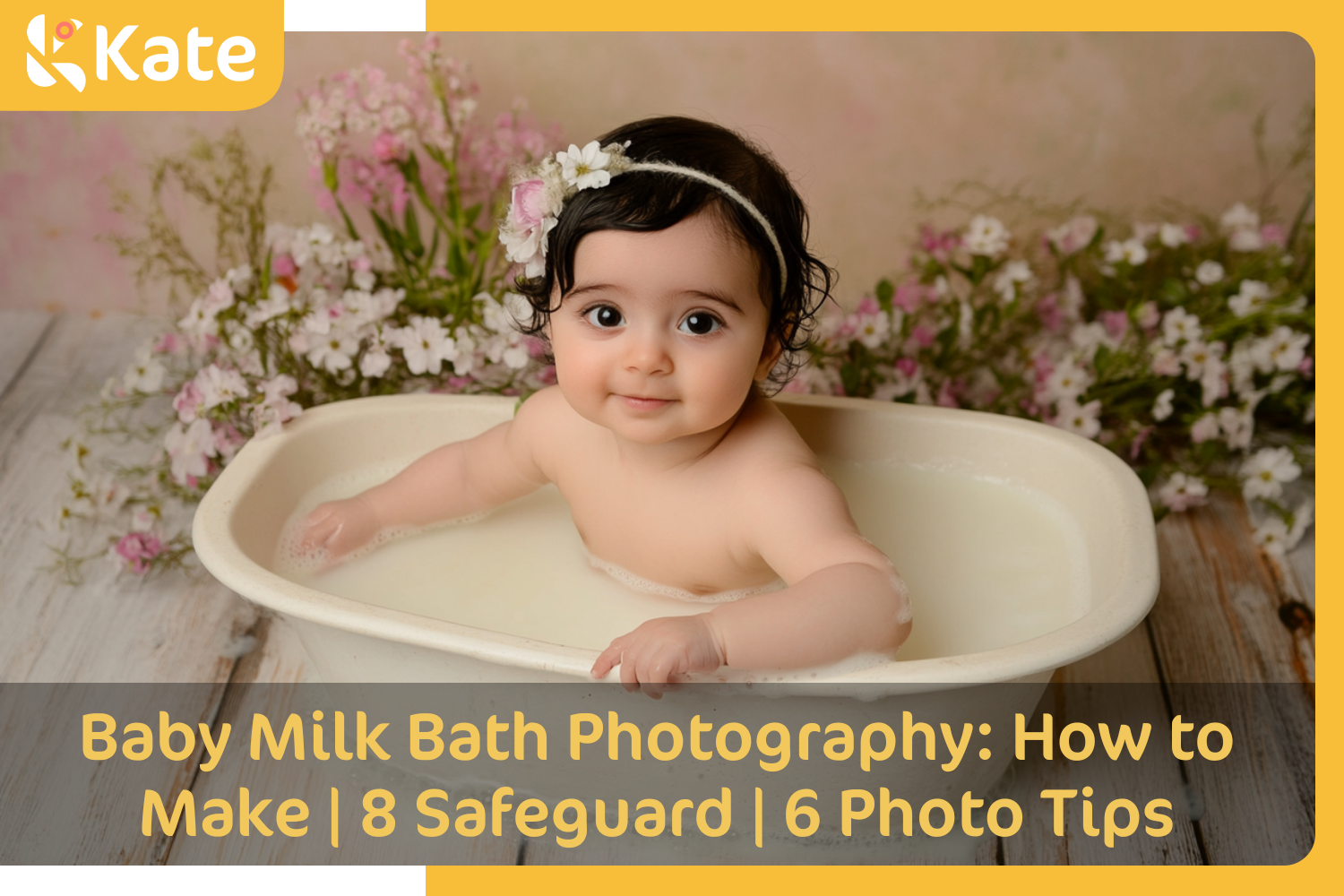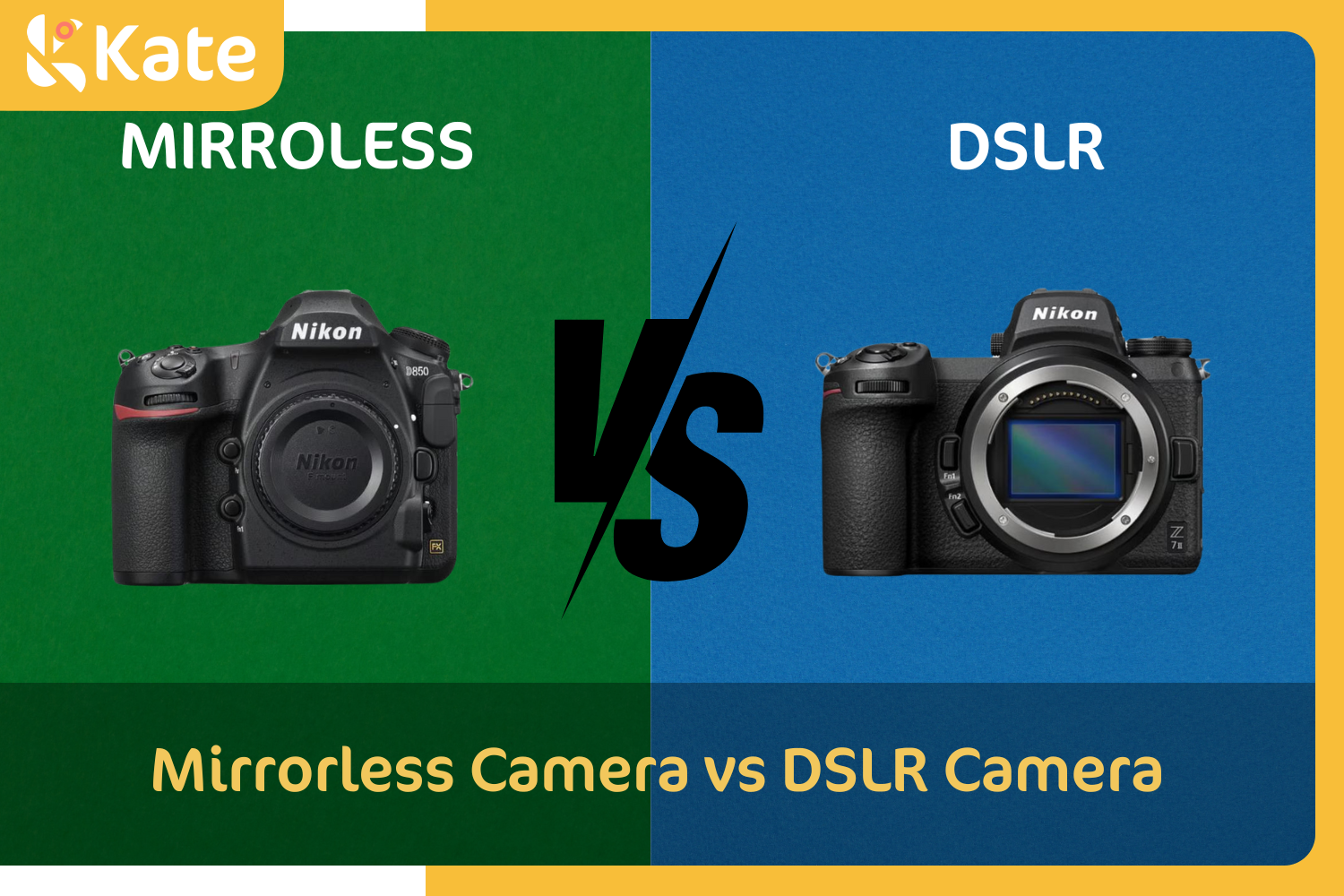Wat is het Onderwerp van Fotografie en Hoe te Kiezen? Designed by

In de fotografie is een vaak gestelde vraag: "Wat is het onderwerp van fotografie?" Het antwoord op deze vraag kan moeilijk te bepalen zijn, aangezien er veel verschillende aspecten zijn om te overwegen.
Als je meer wilt leren over wat het onderwerp van fotografie is en hoe je een onderwerp kunt kiezen dat bij jou past, blijf dan lezen.
Wat Is het Onderwerp van Fotografie?
Bij het bespreken van het onderwerp van fotografie is het belangrijk om het verschil tussen een onderwerp en een object te begrijpen.
Het onderwerp van een foto is de belangrijkste focus van het beeld en is waar de foto over gaat. Het object is simpelweg wat er gefotografeerd wordt en is niet de belangrijkste focus van het beeld.
Neem dit fotografievoorbeeld van een oud gebouw in het midden met een paar bomen erachter en een paar auto's geparkeerd aan de zijkant. Het onderwerp hier zou het oude gebouw zijn, terwijl de objecten de bomen, auto's en de grond zouden zijn.
Het is belangrijk op te merken dat het onderwerp niet het enige in de foto hoeft te zijn, maar het moet wel het belangrijkste element zijn.

Kate Fall Fallen Leaves Backdrop Outside The Window for Photography
Een gemakkelijke manier om erover na te denken is dat objecten dingen zijn die je kunt zien, terwijl onderwerpen veel meer grond bestrijken. Hetgene wat ze gemeen hebben, of het nu een echte scène is of een denkbeeldig landschap zoals stadsgezichten (of zelfs mensen), is hoeveel emotie er in beide gaat, zowel esthetisch als verhaaltechnisch.
Hoe Kies je het Onderwerp voor Jouw Fotografie?
Nu je weet wat het onderwerp van fotografie is, vraag je je misschien af hoe je een onderwerp voor jouw eigen fotografie kunt kiezen.
Hier zijn een paar tips:
1. Overweeg het Type Fotografie Dat Je Wilt Doen
Het type fotografie dat je wilt doen, zal invloed hebben op het soort onderwerp dat je kiest. Als je bijvoorbeeld landschapsfotografie wilt doen, zul je waarschijnlijk een ander onderwerp kiezen dan als je portretfotografie wilt doen.
Het is daarom zeer belangrijk om het type fotografie dat je wilt doen in overweging te nemen voordat je je onderwerp kiest.
2. Kies een Onderwerp Waar Je Passie Voor Hebt
Zoals we eerder noemden, is het belangrijk om een onderwerp te kiezen waar je gepassioneerd over bent. Als je niet gepassioneerd bent over je onderwerp, zullen je foto's waarschijnlijk dat gebrek aan passie weerspiegelen.

Foto door Nicolas J Leclercq op Unsplash
Wanneer je gepassioneerd bent over iets, laat dat zien in je foto's en maakt het je foto's interessanter voor anderen.
3. Laat Je Inspireren Door Andere Fotografen
Een geweldige manier om inspiratie voor je fotografie te vinden, is door naar het werk van andere fotografen te kijken. Kijk naar de onderwerpen die zij fotograferen en zie of er iets is dat je kunt lenen van hun stijl.
Vergeet echter niet dat je altijd je eigen draai aan de dingen moet geven en niet simpelweg het werk van iemand anders moet kopiëren.
4. Werken Met Vooraf Bepaalde Onderwerpen
Soms moet je werken met vooraf bepaalde onderwerpen. Dit kan alles zijn van het fotograferen van een specifiek type object tot het fotograferen op een specifieke locatie. Door te werken met vooraf bepaalde onderwerpen kun je helpen je focus te verfijnen en het gemakkelijker maken om de foto's te krijgen die je wilt.
5. Wees Niet Bang om te Experimenteren
Een van de geweldige dingen aan fotografie is dat er geen regels zijn. Je kunt experimenteren met verschillende onderwerpen en zien wat het beste voor jou werkt. Dus wees niet bang om iets nieuws te proberen en te zien welke resultaten je kunt krijgen.
Hoe Benadruk je het Onderwerp en Vertel je het Verhaal?
1. Plaatsing

Plaatsing is de handeling van het positioneren van het onderwerp in het kader. Dit kan op verschillende manieren worden gedaan, zoals het gebruik van de regel van derden of het plaatsen van het onderwerp off-center. Door het onderwerp zorgvuldig te plaatsen, kun je het benadrukken, het de focus van de foto maken en het verhaal vertellen dat je wilt.
2. Perspectief
Perspectief is de manier waarop je het onderwerp bekijkt. Door een ander perspectief te gebruiken, kun je ervoor zorgen dat het onderwerp meer opvalt. Bijvoorbeeld, je zou vanuit een laag perspectief kunnen schieten om het onderwerp groter te laten lijken dan het werkelijk is.
Perspectief is belangrijk omdat het je in staat stelt om te controleren hoe de kijker het onderwerp ziet. Door het juiste perspectief te gebruiken, kun je het onderwerp de focus van de foto maken.
3. Verlichting
Verlichting is een van de belangrijkste elementen in fotografie. Het kan worden gebruikt om verschillende effecten te creëren en het onderwerp beter te laten opvallen.
Bijvoorbeeld, je zou tegenlicht kunnen gebruiken om het onderwerp te laten stralen. Je zou ook zijlicht kunnen gebruiken om een gevoel van diepte te creëren. Effectief gebruik van licht kan helpen om het onderwerp te benadrukken en het verhaal te vertellen dat je wilt vertellen.
4. Ontwikkel een Oog voor Interessante Onderwerpen
Dit betekent het vinden van visueel interessante onderwerpen die de aandacht van de kijker trekken.

Een manier om dit te doen is om te zoeken naar symmetrie, patronen en contrast. Symmetrie en patronen kunnen visueel aantrekkelijk zijn, en contrast kan helpen om het onderwerp te laten opvallen.
Een andere manier om interessante onderwerpen te vinden, is door te kijken naar verhalen die verteld moeten worden. Dit kan van alles zijn, van een underdogverhaal tot een human interest verhaal. Door deze verhalen te vinden, kun je helpen de betekenis van het onderwerp te benadrukken.
Tenslotte kun je ook zoeken naar onderwerpen die persoonlijk voor jou zijn. Dit zijn de onderwerpen waar je gepassioneerd over bent en waar je een connectie mee hebt. Door deze onderwerpen te fotograferen, kun je helpen foto's te creëren die betekenisvoller en persoonlijker zijn.
Door te oefenen met het ontwikkelen van een oog voor interessante onderwerpen, kun je leren hoe je het onderwerp kunt benadrukken en het verhaal in je fotografie kunt vertellen.
5. Gebruik Leidinggevende Lijnen

Foto door Anthony DELANOIX op Unsplash
Leidinggevende lijnen zijn een techniek waarbij je lijnen in je foto's gebruikt om het oog van de kijker naar het onderwerp te leiden. Dit is een geweldige manier om het onderwerp te benadrukken en het de focus van de foto te maken.
Om deze techniek te gebruiken, kijk je naar lijnen in de scène die je kunt gebruiken om het oog naar het onderwerp te leiden. Deze lijnen kunnen van alles zijn, van een weg of pad tot een hek of rij bomen.
Als je de lijnen hebt gevonden, positioneer je jezelf zodat ze in de foto leiden en naar het onderwerp toe. Dit zal helpen om de aandacht van de kijker naar het onderwerp te trekken en helpen om het verhaal te vertellen dat je wilt vertellen.
6. Gebruik Negatieve Ruimte
Negatieve ruimte is het gebied rondom het onderwerp. Door negatieve ruimte effectief te gebruiken, kun je het onderwerp beter laten opvallen.
Dit komt omdat de negatieve ruimte de aandacht van de kijker naar het onderwerp zal trekken. Je kunt negatieve ruimte gebruiken om een gevoel van diepte te creëren of om het onderwerp eruit te laten springen uit de foto.

Kate Old Master Abstract Texture Light Brown Backdrop for Photography
Wanneer effectief gebruikt, kan negatieve ruimte je helpen om het onderwerp te benadrukken en het verhaal te vertellen dat je wilt vertellen.
7. Gebruik Kadervorming
Kadervorming is een techniek waarbij je elementen in de foto gebruikt om het onderwerp te kaderen. Dit helpt om het onderwerp te benadrukken en het de focus van de foto te maken.
Bijvoorbeeld, je zou een raam of deurkader kunnen gebruiken om het onderwerp te kaderen. Dit zou helpen om diepte en dimensie in de foto te creëren en het oog van de kijker naar het onderwerp te leiden.
Conclusie
Samenvattend gaat het bij onderwerp fotografie om het kiezen van het juiste onderwerp en vervolgens technieken gebruiken om het onderwerp te benadrukken en het verhaal te vertellen.
Door deze tips te volgen, kun je je onderwerp fotografie verbeteren en verbluffende foto's maken die de aandacht van de kijker trekken. Bedankt voor het lezen.
Als je dit artikel leuk vond, deel het dan! Zorg ervoor dat je je aansluit bij onze FB-groep: https://www.facebook.com/groups/Katebackdrops/ om je ideeën te delen! Je kunt ook gratis artikelen, updates en kortingsinformatie ontvangen van https://www.katebackdrop.com/ en onze FB-groep.







 Boogschutter
Boogschutter



